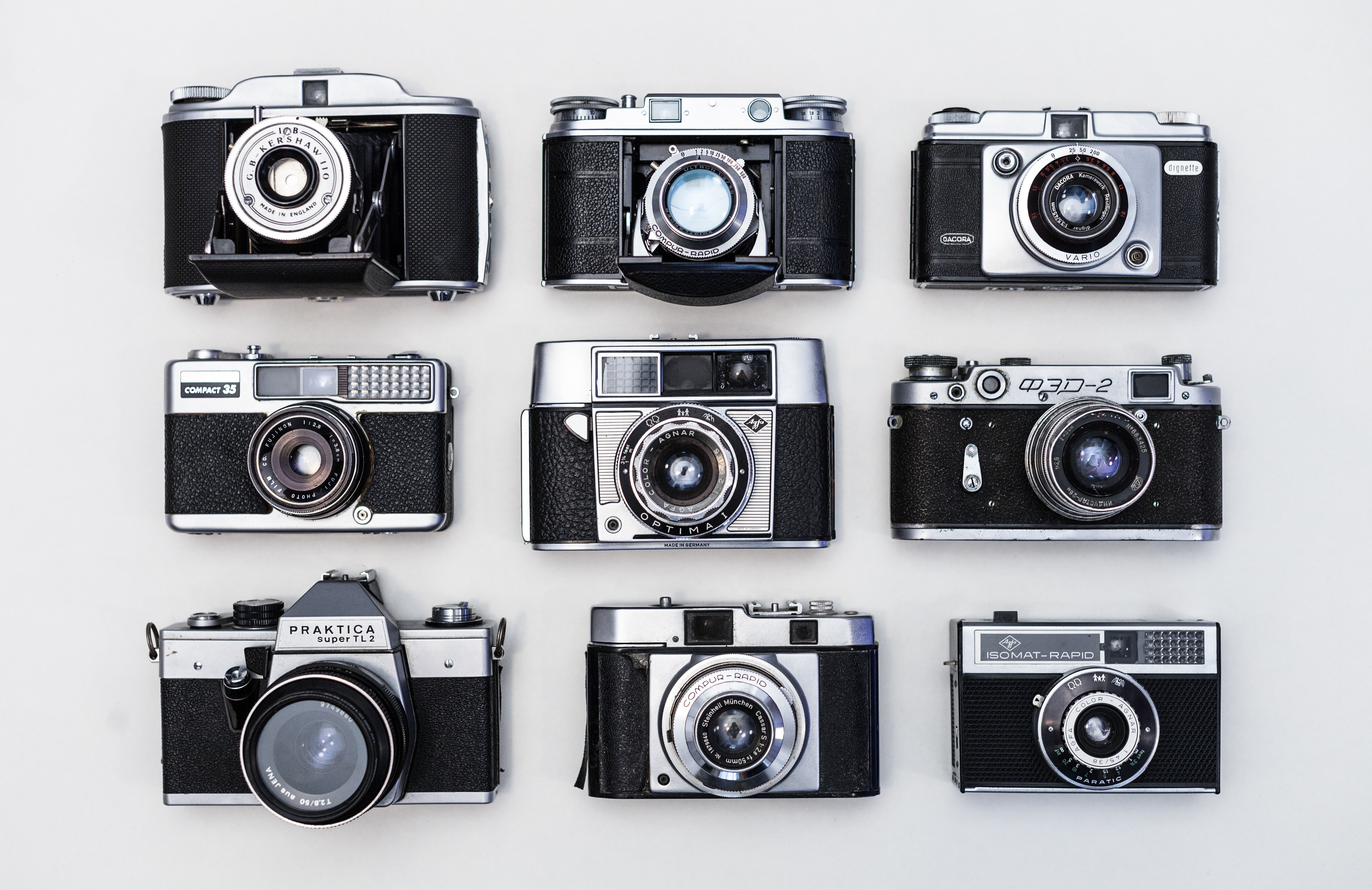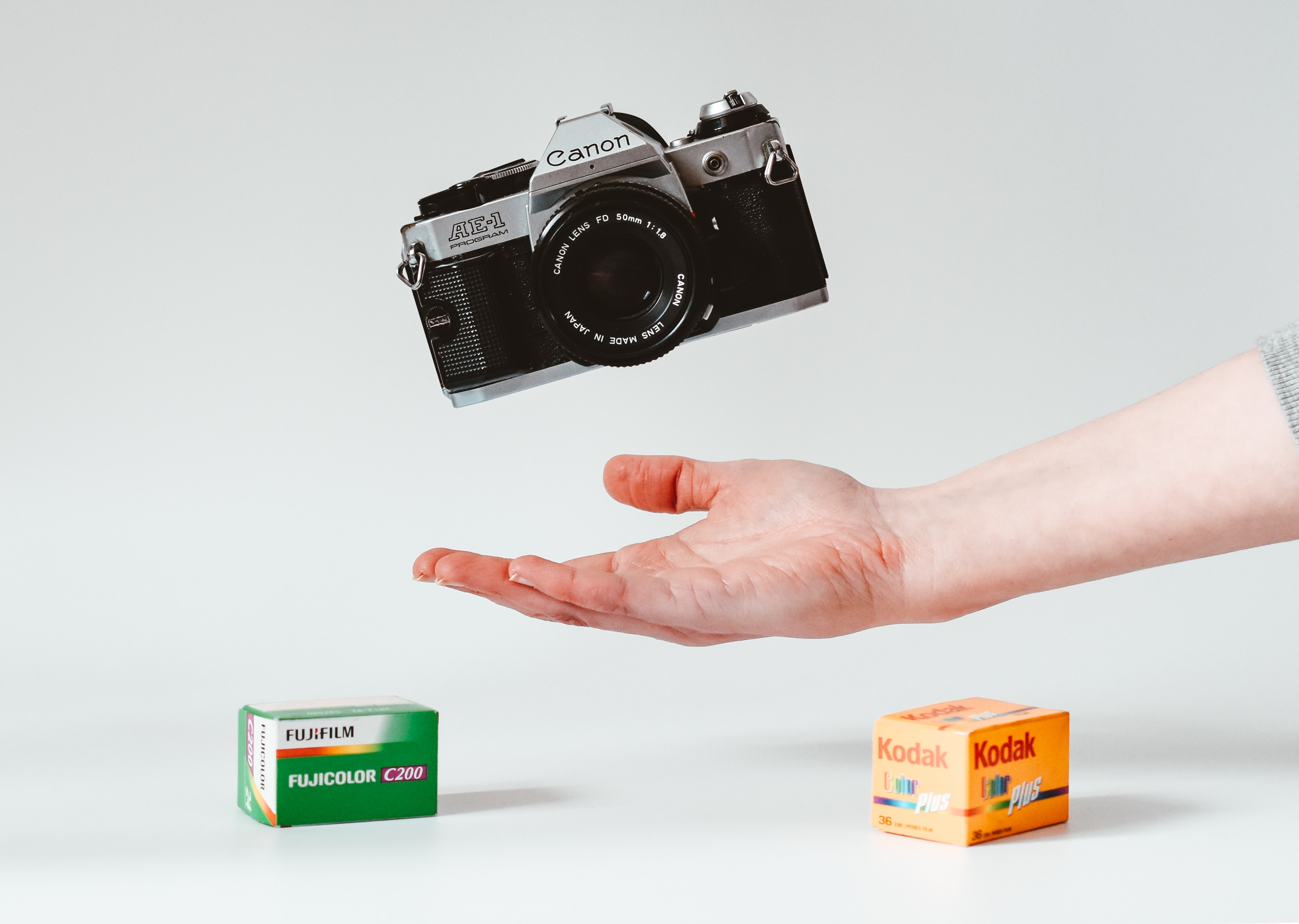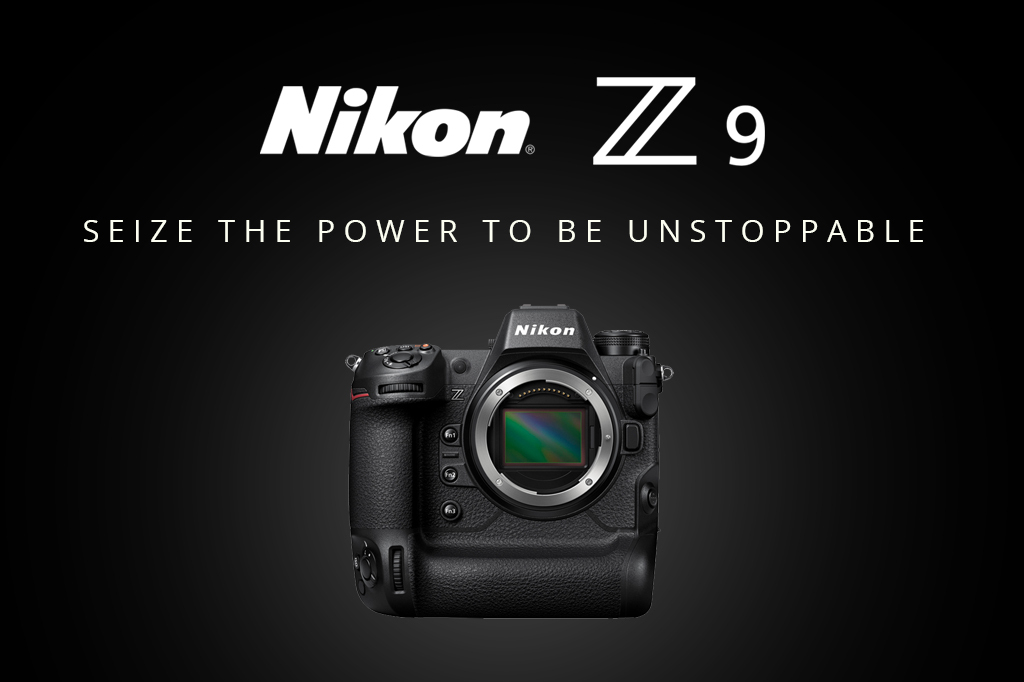Canon EOS R100
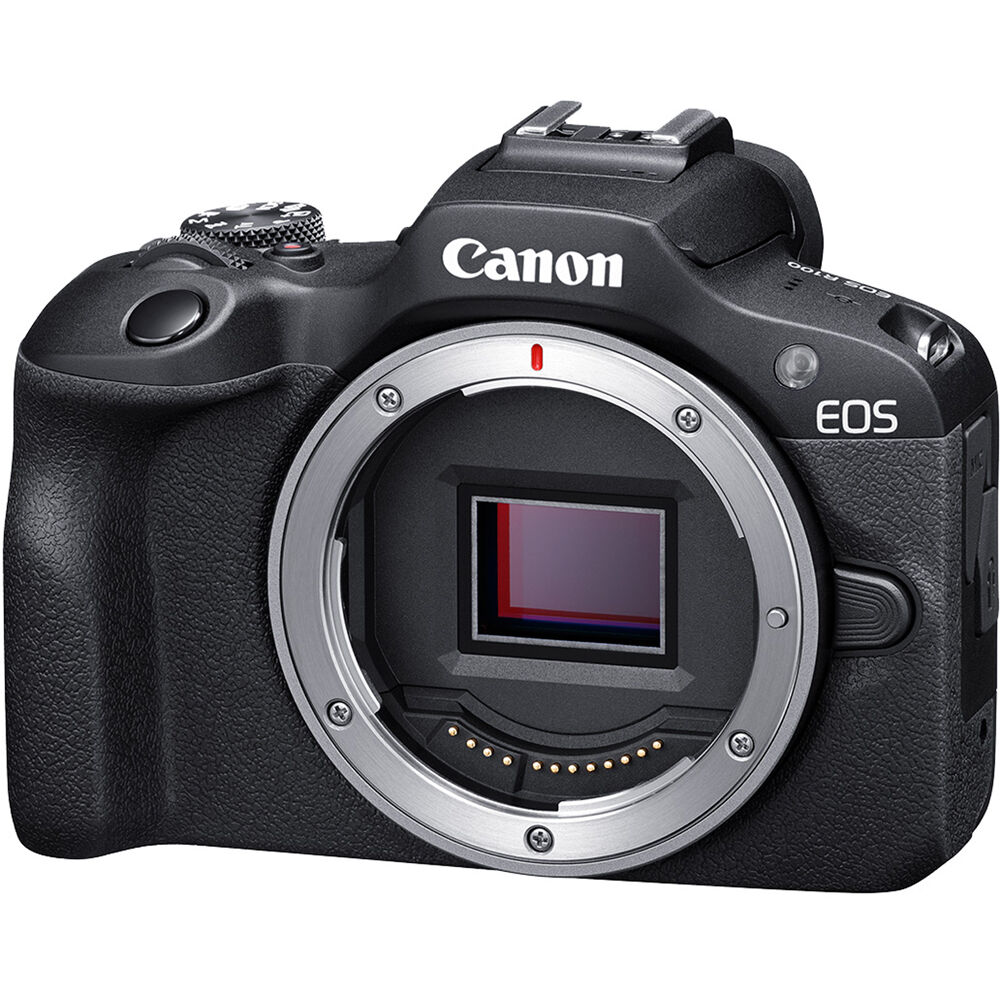
Turn moments into memories with the brand-new Canon EOS R100. The Canon EOS R100 is the smallest and lightest camera in the EOS R series, making it the perfect photographic tool for beginner photographers eager to explore the world of photography. This camera features a 24.1 Megapixel APS-C size CMOS image sensor, DIGIC 8 processor, Dual Pixel CMOS AF, 4K24P and Full HD 60P video capabilities.
Stunning Visuals
Photographers in the early stages of their photographic journey will enjoy the EOS R100’s 24.1-million-pixel CMOS (APS-C) image sensor, DIGIC 8 Image Processor, and Dual Pixel CMOS AF as it’s capable of producing stunning images effortlessly. As an entry-level camera, the R100 is an excellent upgrade from your smartphone. It can capture natural bokeh and dynamic colours. It performs well in low-lighting conditions, and, thanks to its fast shutter speed, it delivers blur-free images. Its sensor and image processor also enables photographers to capture images fast and accurately, allowing the camera to shoot continuously at up to 6.5 frames per second.
The EOS R100’s Dual Pixel CMOS AF technology offers rapid and precise autofocus. This enables you to capture the perfect picture in the moment. With The R100’s Eye Detection enabled you can focus on a subject’s eye, keeping your subject in focus even from a significant distance.
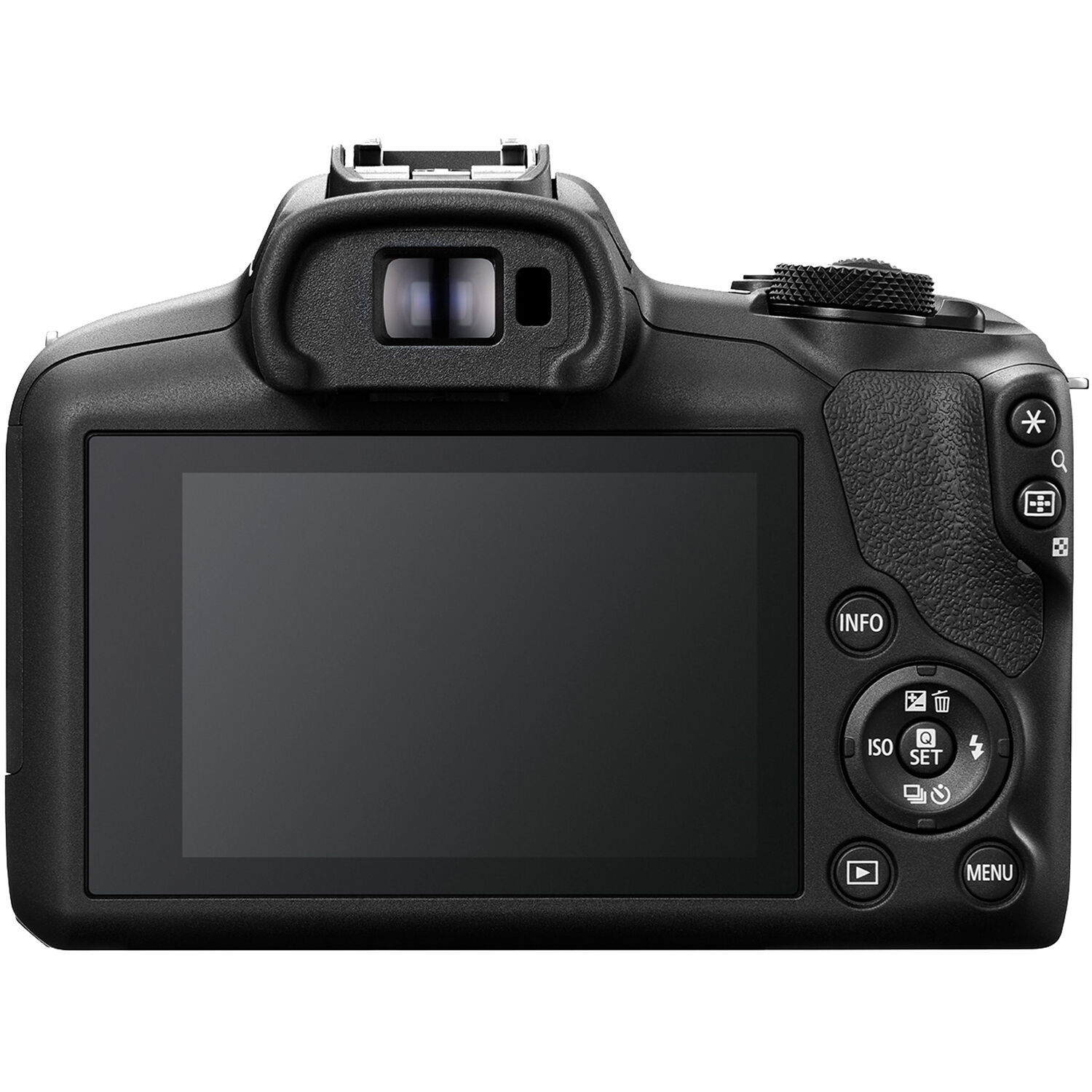
Video Capabilities
The EOS R100 allows you to film gorgeous 4K video at 24 frames per second or Full HD movies at up to 60 frames per second. Entry-level filmmakers can record HD movies at a high-frame rate of 120 frames per second. This also allows for smooth, slow-motion playback of videos.
Compact, Lightweight Body
The EOS R100 camera is the smallest and lightest camera in the EOS R series. While it might be small, it is nothing short of mighty. The R100 features a professional-grade grip ensuring a steady hold for optimal shooting experiences. Its high-precision 0.39-inch OLED EVF with 2.36 million dots displays a bright image and extensive shooting information. The camera has built-in Bluetooth and Wifi and a single SD memory card slot to support 4K video recording and high-speed continuous shooting.
Canon RF 28mm f/2.8 STM Lens
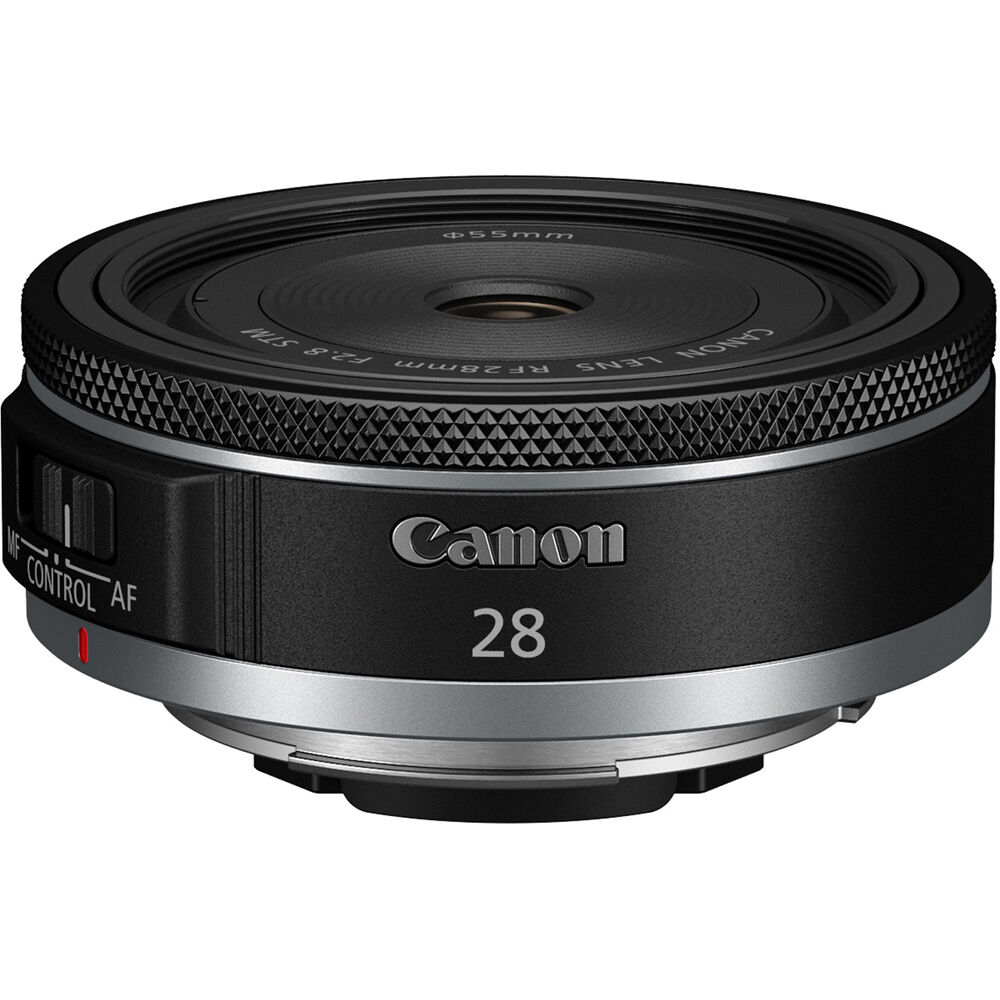
The Canon RF 28mm f/2.8 STM Lens is a lightweight and affordable pancake wide-angle prime lens. It acts as a wide-angle for full-frame cameras or a 45mm equivalent standard lens on APS-C camera bodies.
The Canon RF28mm is Canon’s smallest and lightest RF prime lens. Its versatile 28mm focal length and fast F2.8 maximum aperture make it suitable for various shooting scenarios, including travel, street photography, and video. Its small form means you can easily slip it into your camera bag without a hassle.
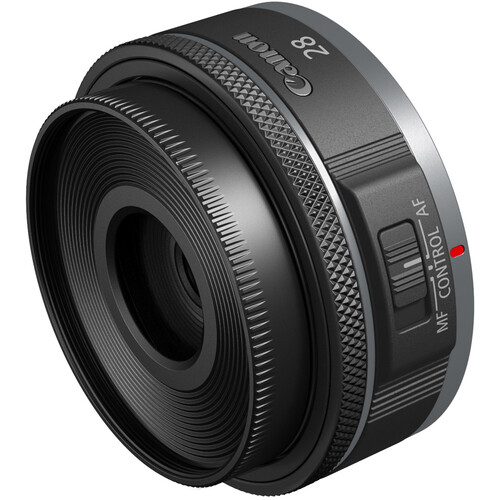
The lens comprises three aspherical elements, which assist with controlling distortion and increases the sharpness of your images. The Super Spectra Coating on the glass minimises any flare or ghosting effects, improving your images’ contrast and colour fidelity. This is especially helpful when working in stark lighting conditions.
The RF 28mm features an STM stepping motor which offers photographers fast, quiet, smooth and accurate autofocus performance. With a minimum focusing distance of 23.1cm and a maximum magnification of 0.17x, the lens is excellent for shooting subjects relatively close up while retaining a great depth of field. The lens also has a configurable control ring that allows photographers to adjust their exposure settings.
Sony ZV-1 II
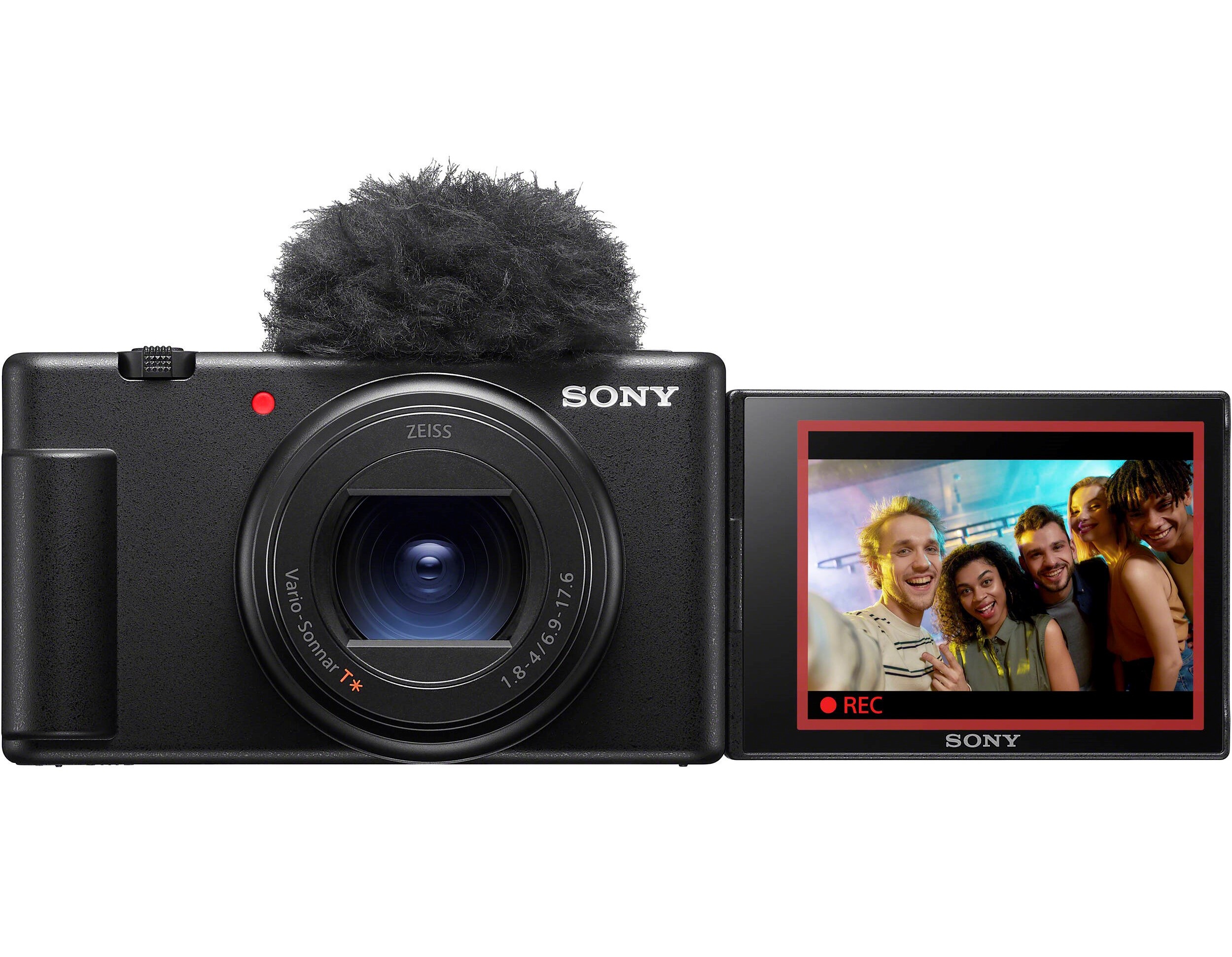
The Sony ZV-1 II is the much-anticipated follow-up to the Sony ZV-1. Designed to help creatives tell more engaging stories, the ZV-1 II features a 20.1MP 1″ Exmor RS BSI CMOS Sensor, BIONZ X™ image processing engine, a newly developed ZEISS® Vario-Sonnar T* 18-50 mm F1.8-4 lens and 4K30P video capabilities.
Improvements and Additions
The Sony ZV-1 II features much of the same tech as the ZV-1; however, they added an 18-50mm wide-angle lens to the new dedicated vlogging camera. This wider lens is perfect for framing group selfies or capturing sprawling cityscapes. The ZV-1 II camera offers a wider field of view than what the human eye can naturally see, giving you limitless possibilities to express your creativity. The lens’ built-in ND filter is designed to help creators control the light exposure of their images by three stops, improving their ability to create more vivid and evenly coloured images in bright light.
Further additions and improvements to the ZV-1 II include the Multiple Face Recognition feature AE, Soft Skin Effect and Face Priority AE, which recognises multiple faces in a scene and automatically adjusts to keep all faces sharp and in focus as well as adding a smoothening effect over skin and facial features. Its new Real-Time Eye AF and Real-Time Tracking function can automatically recognise and focus on human or animal eyes, keeping the subject in focus as it moves.

Video Capabilities
In terms of video features, those who loved the Product Showcase feature will be happy to see the feature make an appearance in the ZV-1 II. Like the Sony α series cameras, the ZV-1 II’s S-Log3 and S-Gamut3.Cine picture profiles give you more freedom and flexibility when working in post-production. The camera’s Cinematic Vlog setting allows you to turn your footage into works of art without spending much time in post-production. With the Cinematic Vlog setting engaged, the ZV-1 II automatically shoots in a Cinemascope aspect ratio at 24fps, the current film industry standard. With a selection of five Looks and four Moods, you can change the colour of your footage to suit whatever aesthetic you’re trying to achieve. Before even pressing record, the ZV-1 II’s My Image Style feature allows you to tweak the brightness and colour of your footage so that the final product looks polished and professional. To make things even easier, the camera’s Creative Look feature offers ten presets that enable you to select whichever preset you prefer to bring your works of art to life.
Ergonomics and Design
The Sony ZV-1 II resembles much of the Sony ZV-1. It is small and lightweight, weighing 292g, making it easy to take with you everywhere. The vari-angle touchscreen of the ZV-1 II allows you to control most of the camera functions while you’re vlogging. With the lens and the LCD facing you, you can control focus, tracking, shutter and exposure on your touchscreen. The camera comes with a screen reader functionality for creatives with visual impairments. The camera has a multi-directional three-capsule microphone that works with the subject recognition feature to pick up which direction the sound is coming from, allowing you to record your sound clearly. For livestreaming and video conferencing, you can connect your ZV-1 II to your computer via the USB-C port. The camera also has a 3.5mm microphone prot, Multi-Interface Shoe, Bluetooth, and Wi-Fi connectivity.
Fujifilm X-S20
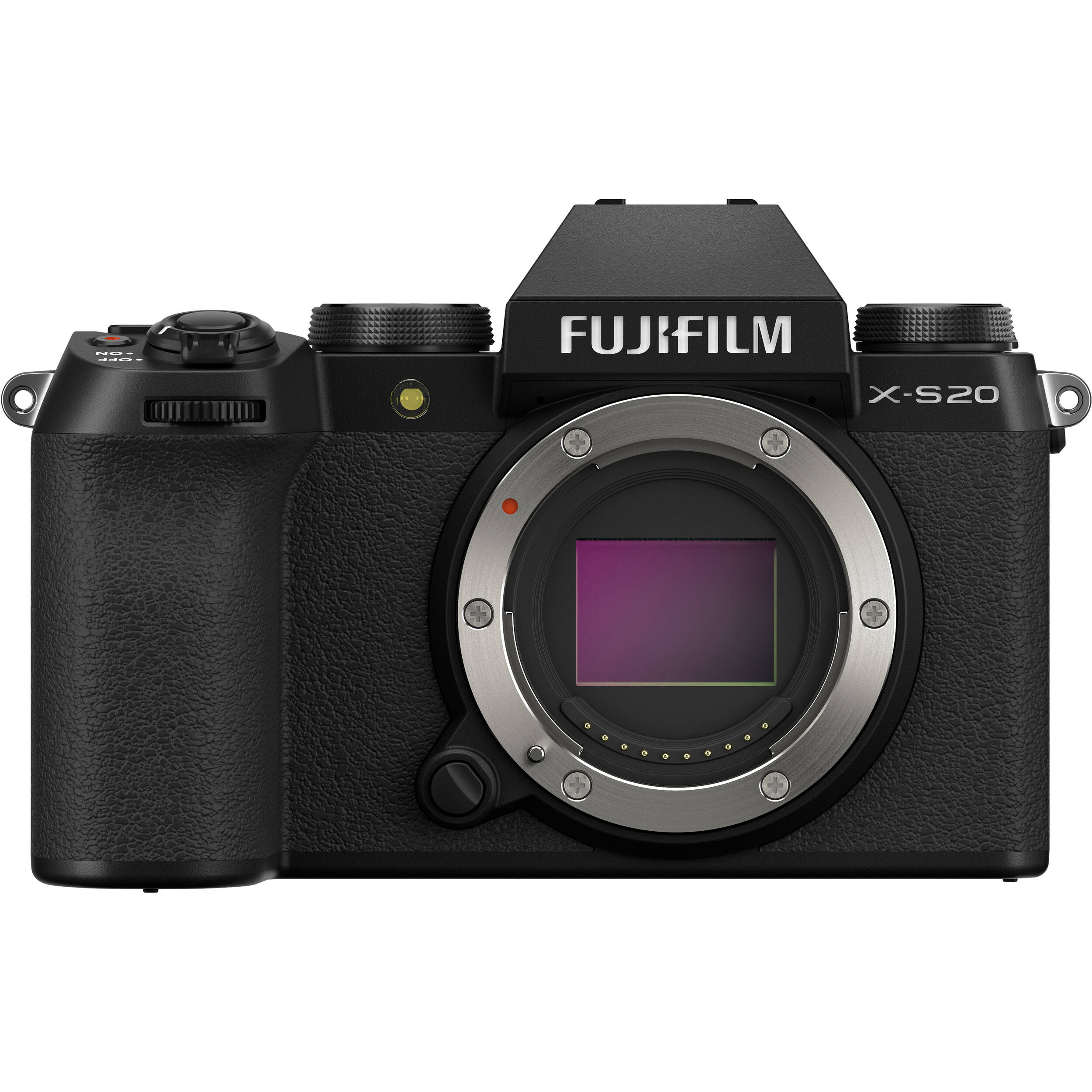
Explore the unseen world with the brand-new Fujifilm X-S20. The X-S20 is the much-anticipated follow-up to the Fujifilm X-S10 released in 2020. Fujifilm’s X-S series is marketed at enthusiast-level photographers, with easy-to-navigate controls and efficient ergonomics. The X-S20 features a 26.1MP APS-C X-Trans BSI CMOS 4 Sensor, the X-Processor 5 Image Processor, 5-Axis In-Body Image Stabilisation, a native sensitivity range of ISO 160-12800 and 6K30P video capabilities.
Similarities and Improvements
The Fujifilm X-S20 shares a few similarities to the X-S10, and they include the 26.1MP APS-C X-Trans BSI CMOS 4 Sensor, 5-Axis In-Body Image Stabilization and a native sensitivity range of ISO 160-12800. One of the upgrades that the X-S20 received is the X-Processor 5 Image Processor, which significantly increases the speed and performance of the X-S20. Thanks to the X-Processor 5, the X-S20 has improved stabilisation and subject detection capabilities. While the X-S20 and X-S10 share the same amount of autofocus points, the X-S20’s subject detection AF was designed with deep-learning AI technology. This enables the X-S20 to automatically detect human faces, eyes, animals, birds, cars, motorcycles, bicycles, aeroplanes, trains, insects and drones quickly and accurately. The X-S20’s updated AF algorithm enables stable focusing while recording continuously moving subjects. However, while the X-S10 and the X-S20 both feature 5-axis-in-body stabilisation, the X-S20 has up to 7 stops of compensation, whereas the X-S10 only has 6.
Fujifilm has a rich history in traditional film-based photography. As a tribute to this and to photographers who love the film aesthetic, Fujifilm has incorporated several film modes into the X-S20 that look and feel like some of Fujifilm’s classic film cameras. A Grain Effect mode is also available to replicate the look of old film photos with an organic textured appearance.
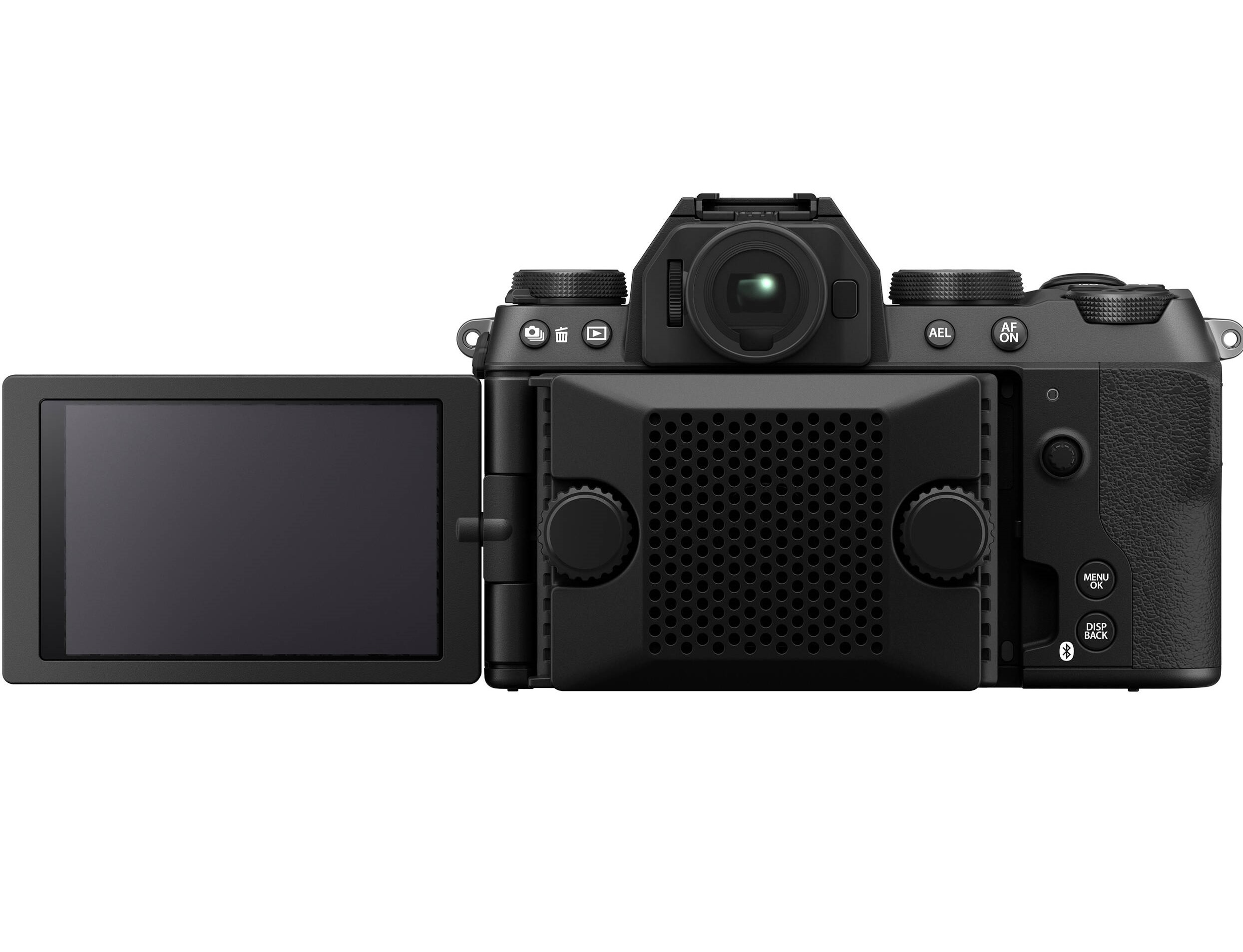
Video Capabilities
The X-S20 might be small, but its video capabilities are pretty serious. The camera enables you to create stunning movies at 6.2K/30P in 4:2:2 10-bit colour. You can also record at 4K60P and 1080/240P high-speed video. For all the vloggers out there, the X-S20 features a new vlog mode which we’re sure you’ll enjoy. You can easily set the X-S20 to Vlog mode on the mode dial and change your camera settings on your vari-angle touchscreen while recording. If you’re recording a product or unboxing video, you can enable Product Priority mode, where the focus of your camera naturally transitions from your face to the subject you’re holding up to the camera. If you’re recording in a busy environment, the Background Defocus mode will allow you to blur out your background naturally and have all the focus placed on you.
Design
Need a webcam with stunning image quality? Connect the X-S20 to your camera with a USB-C cable, and you’re ready to go. The camera also enables RAW video output via its Micro HDMI port. Similar to the X-S10, the X-S20 has a high-resolution 2.36m-dot OLED electronic viewfinder with a 0.62x magnification and a 3.00″ fully articulated screen; however, the X-S20 has a 1.84m-dot LCD, whereas the X-S10 has a 1.040k dot LCD. While the X-S20 is lightweight and compact, its large righthand grip enables solid handling for comfortable all-day shooting. The camera has a single SD memory card sloth, integrated Bluetooth and WI-FI connectivity.

